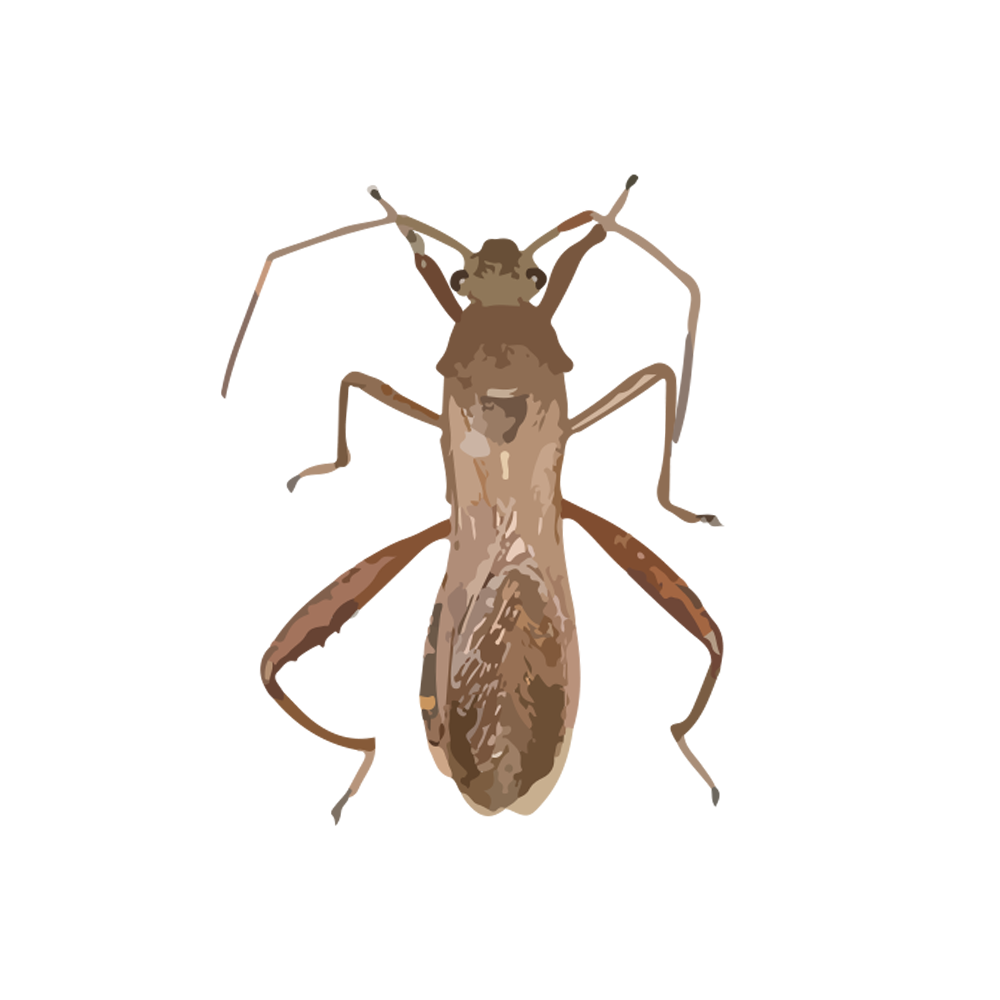


| Latin Name | Riptortus clavatus |
| Common Name | Bean bug |
| Biology | Both adults and nymphs use piercing-sucking mouthparts to feed on the sap of leguminous plants, damaging flowers, pods, and tender stems, causing flower drop, pod deformation, and affecting seed setting rate and grain plumpness. Adults are gregarious, with good flight ability, and quickly crawl or fly to escape when disturbed. |
| Damage | This pest primarily damages leguminous plants such as soybean, cowpea, and mung bean. |
| Distribution Regions | East Asia |
| Monitoring | Pheromone lures mimic natural sex pheromones to attract male insects into specialized traps for population monitoring and suppression. As a core IPM component, monitoring enables early risk detection and targeted control. Mass trapping reduces mating opportunities to curb offspring populations. Protocols: ●Use only with matched traps. ●15-45 traps/hectare,replace/replenish every 4-6 weeks. ●Wear gloves or wash hands with detergent when switching lure types. ●Refer to trap-specific hanging instructions. |
| Recommended Traps | Delta Trap, Wing Trap |

ご連絡先情報をご提供ください。精密にマッチしたフェロモンソリューションをご提供します。当社の既存ポートフォリオに最適なソリューションが見つからない場合、合成化学チームが分子構造設計から量産まで一貫してカスタム開発を実施いたします。